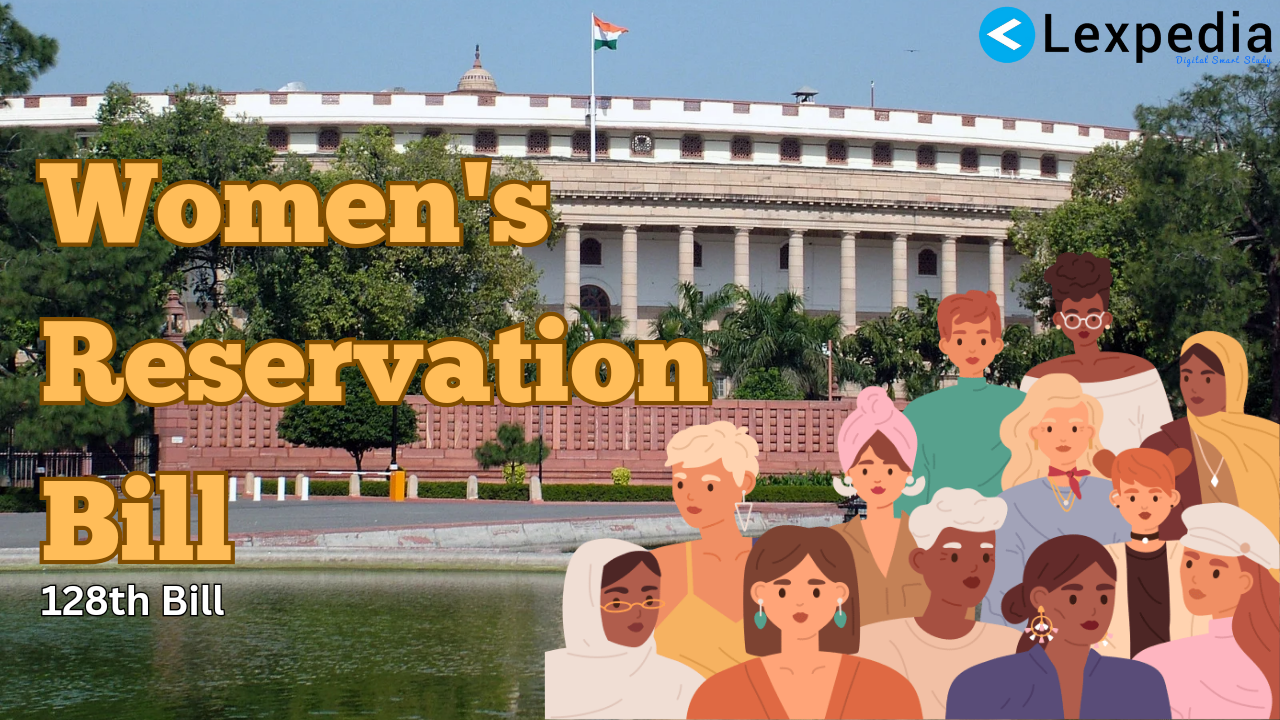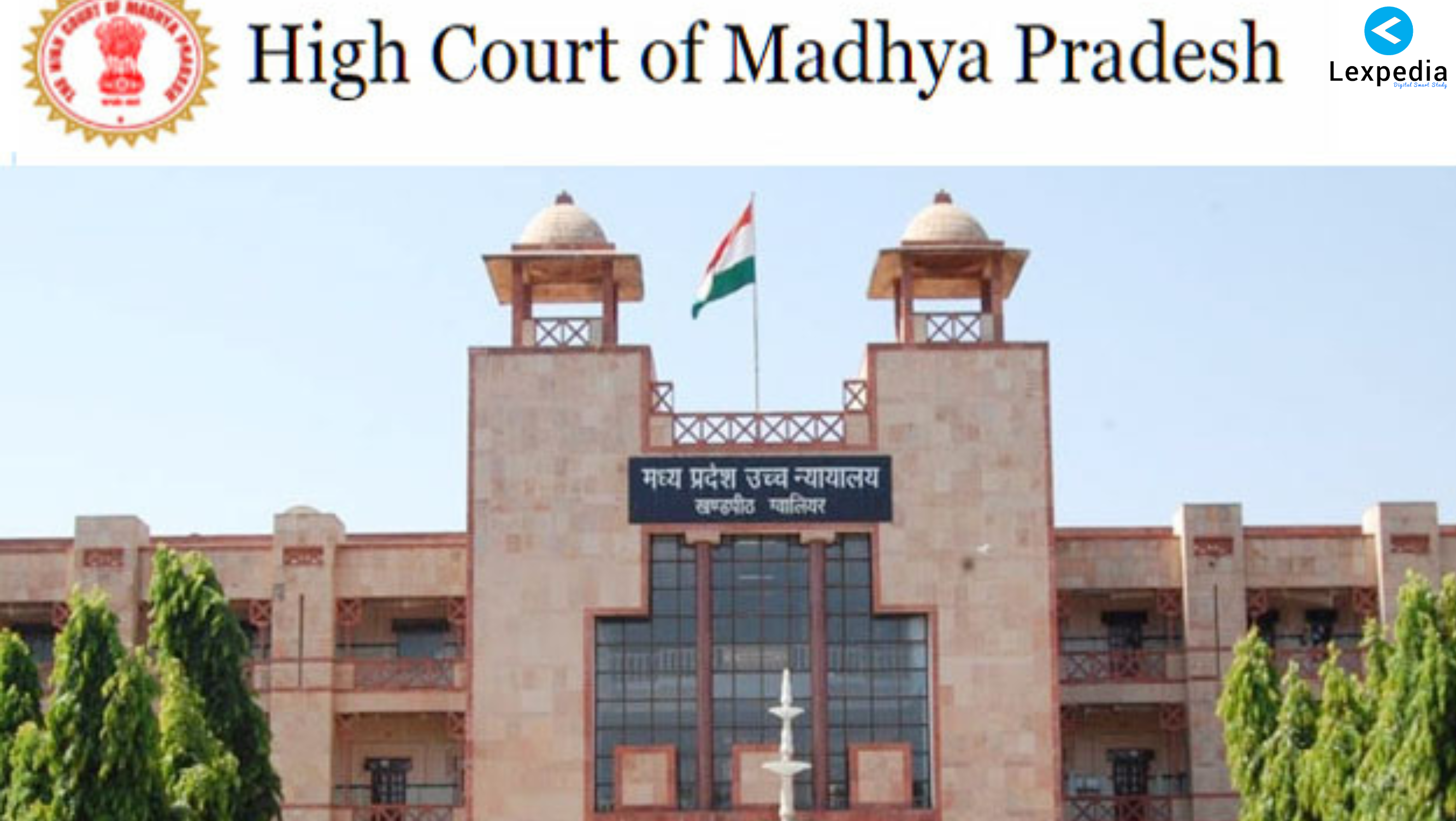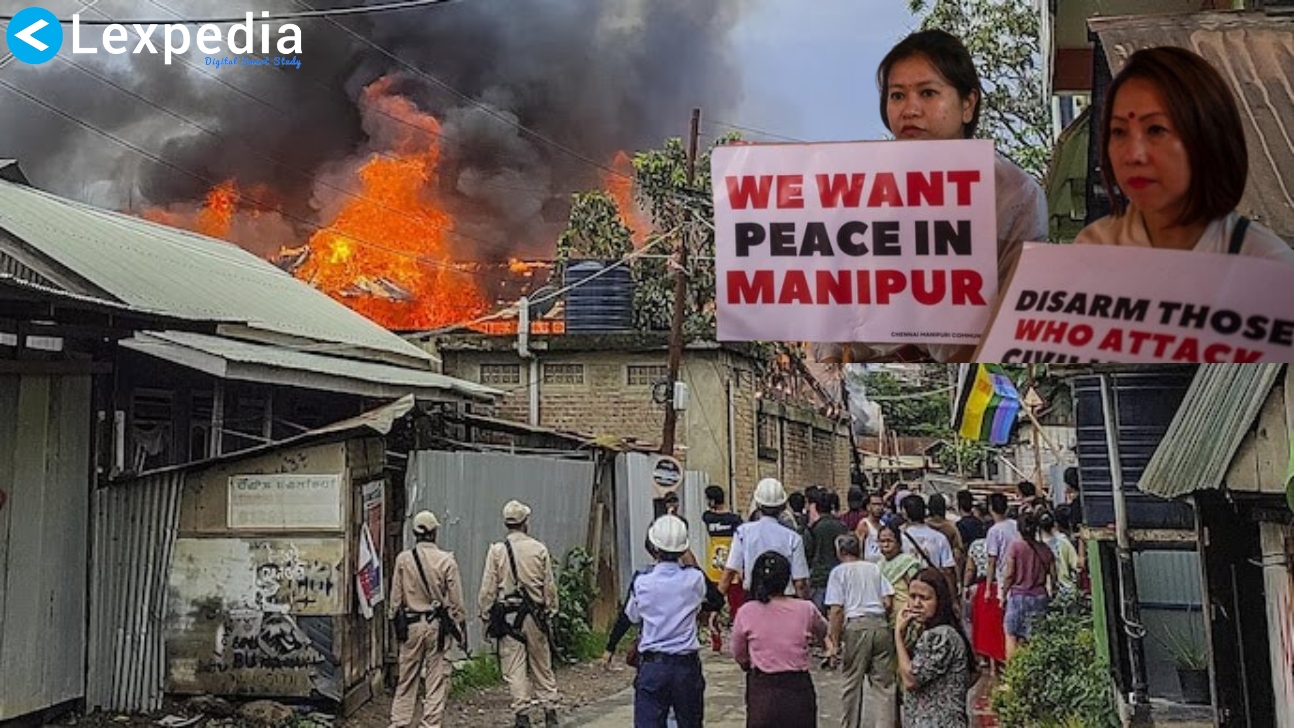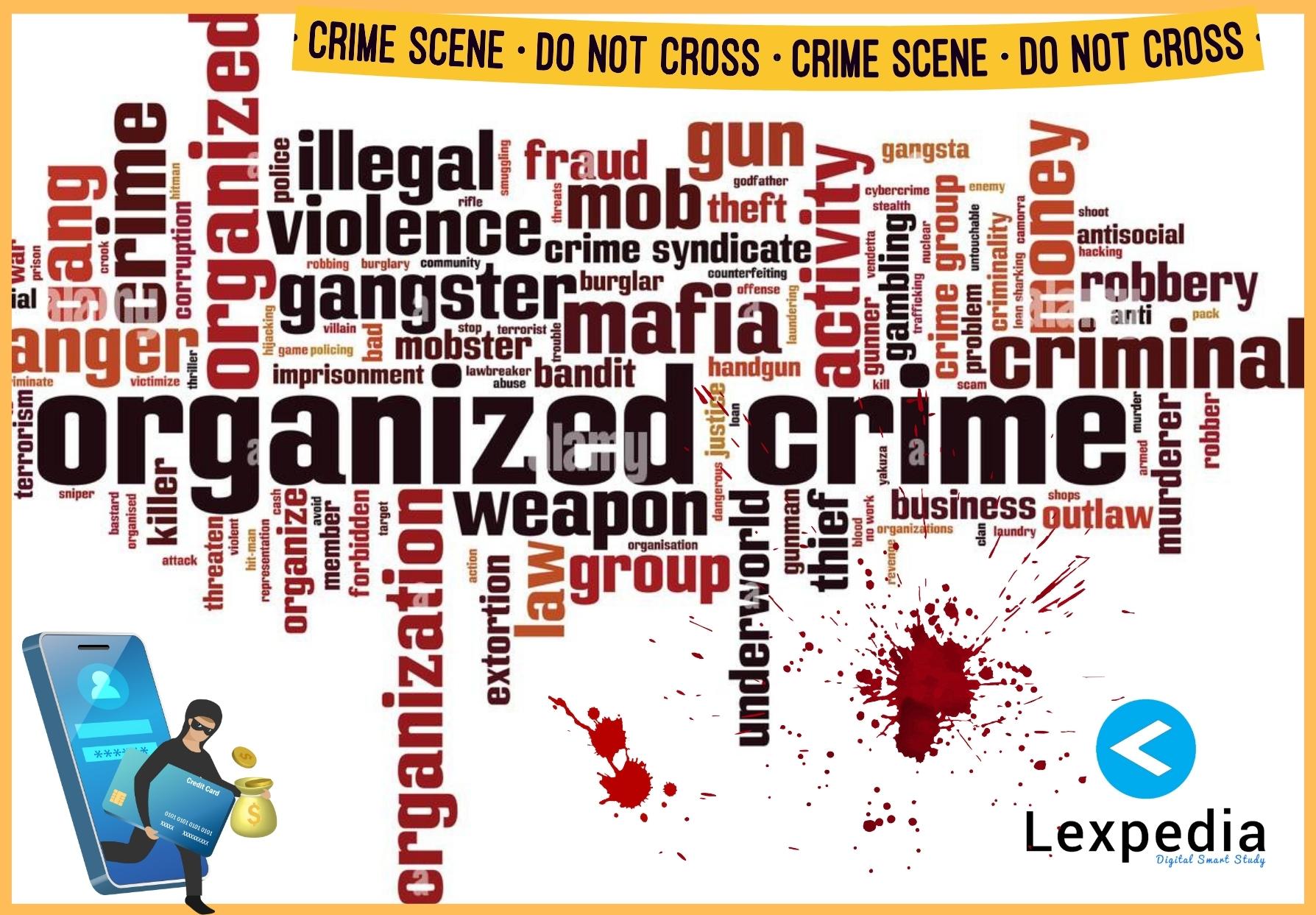
Religion and Politics in India
- Lexpedia
- September 4, 2023
- 4:50 pm
Share Post :
ABSTRACT
Pre and post independence religion has played most important role in politics in India, in fact in present scenario it is still playing an important role in the Indian politics and the bitter truth is that it will play a vital role in negative sense in Indian politics in future too.
The relation of religion and politics has been inseparable or dissoluble from the ancient times. In Mahabharata the war was named to be ‘religious war’ i.e. ‘dharamyudh’ which was the result of the dirty politics of the Kauravas. Gandhiji has also said that “religion can never be separated from politics”. But this statement of Gandhiji was misinterpreted by the politicians and religion was used by the politicians for their own political benefits.
But the negative impact of religion on the politics which can be seen in the present times has been started by the Britishers. The Britishers followed the policy of ‘divide and rule’ and divided the Hindus and Muslims and ruled over them for many years. After the independence of India religion and lust for power were the main cause of India’s division.
This paper has made an attempt to understand the positive and negative relationship between religion and the politics in India, and to explore to what extent religion is being used by the politicians to grab the power to satisfy their lust for power, and to discover what the future of Indian politics is in the context of religion. Indeed, our problem today emerges because we are framing the wrong questions. The question should not be whether religion and politics are related to each other and in what sense, but what should be their exact or accurate relationship? Because religion is all about the ‘ethical and moral values’ for the people of a country.
- INTRODUCTION
- CONCEPT OF POLITICS
III. CONCEPT OF RELIGION
- EFFECT OF RELIGION ON POLITICS OR VICE-VERSA
- RELATIONSHIP OF RELIGION AND POLITICS IN INDIA
- COMMUNAL OR RELIGIOUS VIOLENCE AND ITS RELATION WITH POLITICS
VII. LEGAL PROVISIONS IN RELATION TO RELIGION AND POLITICS
VIII. SUGGESTIONS TO SEPARATE THE POLITICS FROM RELIGION
- CONCLUSION
- INTRODUCTION
Preamble of The Constitution of India contains the words ‘Secular and Socialist’[1] which means that India is a secular state and does not claim any religion as her official religion. India is a multi-religious country. India is the Hindu majority country with Sikhs, Muslims, Jains, Buddhists and Christians as noteworthy minorities. Because of such diversity in the society and to confront the challenges emerged from this multi-religious society, India has framed its political system on the principles of secularism. This ‘principle of secularism’ legally originated from the Constitution insinuates separation of religion from politics. This relation is inseparable because their respective religions rule their respective social, economic and political life. This research paper will underline, highlight and emphasize the emerging role of religion in Indian politics. Besides, how this religion based politics has challenged the secular status of India. How this religion based politics has resulted into continuous communal violence etc? Besides, this paper also attempts to analyze the historical role of religion in Indian politics.
According to B.R. Ambedkar, “to ignore religion is to ignore a live wire. Religion is an institution or an influence and like all social influences and institutions, it may help or it may harm a society which is in its grip”.[2]
- CONCEPT OF POLITICS
In simple words, politics is the struggle and lust to grab the power to rule. The word politics is derived from a Greek word “Polis”. The term was used for city or city states. This word gave birth to another word “Polities”. The word ‘Polities’ was used for the people and for governing states. The word “polis” is still used in modern times while referring to modern or developed cities. However, the word “polis” with a little bit modification ‘Metro-Polis’ is often used. The Roman origin of the word ‘politics’ is from the word “Politicus”. The Romans used this word for any activity related to state.
Winston Churchill describes politics as “the ability to foretell what is going to happen tomorrow, next week, next month and next year and to have the ability afterwards to explain why it did not happen”.
III. CONCEPT OF RELIGION
Merriam Webster dictionary defines religion as “a personal set or institutionalized system of religious attitudes, beliefs, and practices”[3]
Oxford Learners Dictionary defines religion as “the belief in the existence of a god or gods, and the activities that are connected with the worship of them, or in the teachings of a spiritual leader”[4] The word ‘religion’ Literally means “continuously tying all together”.
William James explains that religion is to believe in the divine authority. The basic purpose of the human beings should only be to adjust themselves in the framework of practices and beliefs that the authority has laid down. H.L Menken supports him. H.L Menken defines religion as the struggle of man to fulfill the desire of his God who has the control of his destiny, and by sincerely obeying his commands, man is rewarded with good fortunes in his life.
Karl Marx considers religion as an intoxicating agent for the lower class of the society when their demands and rights are exploited by the upper class of the society. This was how religion got its birth in the society where the oppressed could register their protest against the oppressors. In the words of Karl Marx, religion “is the sigh of oppressed creature, the heart of heartless world and the soul of soulless conditions; It is the opium of the people”.
To conclude it could be said that religion is the unification of masses that surrender their rights in favor of the divine authority and lead their lives according to the rules and regulation laid down by that authority to smoothly and peacefully operate the system of life socially as well as politically.
- EFFECT OF RELIGION ON POLITICS OR VICE-VERSA
The secular character of the State is under threat from the practitioners of religion based politics. The majority of Indians are believers or followers of religion and in a multi-religious country. The believers of one religion follow the path of distance from the believers of other religions and the politicians take the benefit of this practice. Another face of Indian reality is reflected by religious antagonism and opposition against the believers of one or the other religion. Thus Secularism and communalism are the realities of India and these two ways of life are involved in direct confrontation with the politics. Just because of diversity of religion the way of doing politics has changed in the region of a particular religion.
- Religion Based Political Parties: In India, before and after independence the political party has been formed on the basis of religion and sect. The religion has played the most important role in the formation of the political parties such as Muslim League, Shiromani Akali Dal, Ram Rajya Parishad, Hindu Mahasabha, Shiv Sena. These political parties give preference to the religion and choose a candidate for the election on the basis of his religion and they campaign for the votes in the name of their respective religion. These political parties raise religious issues in the elections to win the elections.
- Electoral Alliance to Grab the Power: The main aim of the political parties is to grab the power. There may be a situation where a political party does not get majority and in that situation such political party make Alliance with other minority party of different religion such as Muslim League, Shiromani Akali Dal, Shiv Sena to form the government. Such type of alliances cause harm to the unity and integrity of the nation.
- Religious Pressure Groups: There are many religious pressure groups who in the name of religion raise disputes and make pressure on the other political parties to fulfill their demands. For example, Babri Masjid – Ram Janmabhoomi dispute.
- Political Use of Religious Festivals: Religious festivals are being politically used in India. For example, in the month of Ramzan main political leaders arrange the Iftar party. This is all done to attract the minority religious people. The visit of political leaders to religious places such as churches, mosques, temples and Gurudwaras is politically influenced. This is all done to fetch the votes of other minority religious people.
- Selection of Candidate on the Basis of Religion: All the political parties have the data and information that in which constituency how many voters are related with which religion and caste. They choose the candidate from that constituency according to the prevailing religion or majority religion in that constituency to win that seat.
- Formation of Council of Ministers on the Basis of Religion: In the Centre and State while forming the Council of Ministers it is always kept in mind by the ruling political party that the members of the coalition parties and the members of different religions, sect and cast are given representation in the government.
- Religion-Based Election Analysis: Most of the Election surveys are conducted on the basis of religion and caste because these two factors affect the voters mostly.
- Policy of Appeasement of Religious Minorities: Political parties in the country are vying for power. Therefore, all political parties adopt all possible methods to get the voters of religious minorities. In the greed of votes, the ruling political parties follow such policies which would serve the interest of minorities in a big way.
- RELATIONSHIP OF RELIGION AND POLITICS IN INDIA
Religion is the collection of rules that regulate life. Similarly, politics is the collection of rules in order to regulate a sub-system of the system. Politics also means to deal with the affairs of the people. If we look into the historical background of the problem then we discover that there was a close relationship between religion and politics from the Indus Valley civilization to the advent of Islam (1st Phase), the 2nd Phase from the advent of Islam to the Indian Mutiny of 1857, the 3rd Phase from 1857 to India’s Independence in 1947 and the 4th Phase from 1947 onwards till now. While there was close interchanging relation between religion and politics during all these phases to grab the power to rule the people. The nature, the intensity and the dynamics of this interaction was different during each of these phases.[5] Everyone had fought with the people of other religion to establish their rule in their respective region. In other words it was the lust for power who made them to fight with each other.
- COMMUNAL OR RELIGIOUS VIOLENCE AND ITS RELATION WITH POLITICS
Ayodhya catastrophe: The mosque in Ayodhya, the Babri Masjid, was destroyed by the followers of Hindu religion during a political rally which turned into a riot on 6 December 1992. Their belief was that the land on which the mosque, Babri Masjid, was constructed is traditionally considered by Hindus to be the birthplace of the Hindu deity, Ram. And this belief was aggravated by the strong Hindu ideology party BJP to come into the power. The ruling party Congress was defeated in the next general elections because Muslims were not happy as it could not protect their mosque, Babri Masjid. So this Ayodhya riots showed a close relationship of religion and the politics.
Subsequently a land title case related to temple and mosque was lodged in the Allahabad High Court, the verdict of which was pronounced on 30 September 2010. In the judgment, the three judges of the Allahabad High Court ruled that the 2.77 acres of Ayodhya land be divided into three parts, with one third going to the Lord Rama represented by the Hindu Maha Sabha, one third going to the Sunni Waqf Board, and the remaining one third going to Nirmohi Akhada, a Hindu religious denomination. While the three-judge bench was not unanimous that the disputed structure was constructed after demolition of a temple, but it did agree that a temple structure was there before the establishment of mosque.
In the appeal the five-judge Supreme Court bench heard the title dispute cases in 2019. On 9 November 2019, the Supreme Court bench, headed by the then Chief Justice of India, Ranjan Gogoi, announced judgment, and it vacated the previous decision and ruled that the land belonged to the government based on tax records. It further ordered the land to be handed over to a trust to build the Hindu temple. It also ordered the government to give an alternate five-acre tract of land to the Sunni Waqf Board to build the mosque.[6]
On 5 February 2020, the Govt. of India made the announcement for the trust named as Shri Ram Janambhoomi Teerth Kshetra.
The political influence and relation was clearly shown by the event of nomination of the Ex Chief Justice of India, Shri Ranjan Gogoi to the Rajya Sabha by the ruling BJP government on 20th March 2020.
Gujarat Riots: Godhra genocide can be said to be the most unfortunate, which led to unprecedented riots in Gujarat. It was the unfortunate day of February 27, 2002, when 59 Kar Sewak (Hindu Pilgrims) traveling in a train were burnt alive by a crowd of fanatic Muslims of Godhra town.
On February 27, 2002, the Sabarmati Express coming from Lucknow reached Godhra railway station. At around 8 AM in the morning, as soon as it left the platform, some people from Godhra, who boarded the train, stopped the car by dragging the chain. Immediately the joint between S-6 and S-7 compartment was cut and the cartons were closed from outside so that no one could get out. Some of the workers returning from Ayodhya were traveling in these coaches.
Then fuel was sprinkled on both coaches and it was set on fire. For about half an hour, there was violence and massacre. Then the police reached and the rioters were dispersed. But three hours later, the mob of rioters attacked passengers and policemen, causing 7 police wounded. Then the police had to shoot, causing 2 rioters to be killed and the remaining ran away. In this unfortunate massacre 59 activists were killed in the attacks, including 15 children, 25 women and the rest of the men.
Not only the political parties and individuals, which are known as secular, tried to justify the Godhra massacre, but also tried to justify them as a natural reaction to the demolition of the Babri Masjid. It was like sprinkling salt on the Hindus’ burns. The result of this stupidity was the same. Its reaction in entire Gujarat came in very rough form and nearly 2000 persons were killed in violent incidents across the state.
In the time of this massacre and the subsequent riots, there was Narendra Modi’s government in Gujarat. Modi’s government could not make every effort to stop the riots at its own level, because there are limits to the power of the government ahead of the public demonstration. Therefore, more than two thousand people were killed in the riots, most of them Muslims and many Hindus were also killed.
They put all the blame of these riots on the Modi government. They had said that Modi’s government did not stop the Hindu rioters, which killed more Muslims.
The then Chief Minister Mr. Modi was abused, cursed and vulgar words were used for him and all the Indian states where congress ruled, the message was spread that “BJP is anti-Muslim” and “congress is pro-Muslim”. The wrong image of Modi was widely publicized in the 2004 Lok Sabha elections, which the BJP had to bear. The Muslims of the whole country got together and voted for the Congress and resulted in the huge win of the congress and congress formed the government with Mr. Manmohan Singh as Prime Minister of India.
SIT probed Modi. Supreme Court ordered around 8 back-to-back investigations. Later, Supreme Court said that Modi is innocent and he was given clean chit in “Godhra riots”.
This incident again shows the close relationship of religion and politics to bring the BJP in power in the Centre and in other states of the country.
Sikh Riots: The anti-Sikh massacre of 1984 refers to a series of organised pogroms against members of the Sikh community across India by anti-Sikh mobs in response to the assassination of then prime minister Indira Gandhi by her Sikh bodyguards at her residence.
The violence continued in Punjab in the 1980s due to the armed separatist Khalistan movement, which sought independence from India.
In July, 1983, Sikh political party Akali Dal’s then president Harchand Singh Longowal had invited militant religious leader Jarnail Singh Bhindranwale to take up residence inside the Golden Temple complex in Amritsar to evade arrest.
In the violent events leading up to ‘Operation Blue Star’ ordered by PM Indira Gandhi, the militants supported by Bhindranwale had killed 165 Hindus in India. “Operation Blue Star” was a military operation carried out between June 1 and 8, 1984, to flush out Bhindranwale and other armed militants from the Golden Temple complex. In the operation, Bhindranwale died and the militants were removed from Golden Temple. The military action was criticised by Sikhs worldwide who had interpreted it as an assault on the Sikh religion.
Four months after the operation, Indira was assassinated by her two Sikh bodyguards — Satwant Singh and Beant Singh. After the assassination of Indira on October 31, 1984, anti-Sikh riots erupted in some areas for several days, killing more than 3,000 Sikhs in New Delhi and an estimated 8,000 across India. Many Congress leaders were believed to be behind the 1984 anti-Sikh massacre.
This incident again shows the close relationship of religion and politics. It could be seen as the use of religion by the Akali dal supported by BJP to oust the congress from power.
Jaat Andolan in North India: The Jat Reservation Agitation was initially a peaceful protest which later on transformed into a violent protest, which was protested in February 2016 by Jaat people of north India comprising Haryana, Uttar Pradesh, Rajasthan and also the national capital region, which continued for 10 days. The non violent protest started from Rohtak by blocking Railway lines and roads while non-jats opposed to their demands and organised a counter protest and consequently it took the shape of inter-caste violence. The protectors sought conclusion of their caste in the other backward class category which would make them eligible for the benefits which are provided to the other backward classes in government jobs etc. In the name of Jaat agitation several incidents of inter-caste violence took place in Haryana.
This agitation caused a loss of 340 billion rupees in north India. According to the statements of Railway Minister the total loss suffered by railways on account of damage to the property and cancellation of tickets during the agitation is about 55.92 crores rupees.
Around 30 people had been killed in the violence.
If anyone benefited the most within the Jat movement was the political leaders who spoiled the mutual brotherhood and aggravated the riots for their own benefits. The leaders of opposition parties gave provocative speeches in favour of Jat voters to fetch the jat votes in the next elections and to lower the image of the ruling party BJP.
Non-Jat leaders gathered the people of their own castes and made them vow that they would not talk to the Jats and not deal with them and tried to segregate them for their own benefits i.e. to emerge as non-jat political leaders.
Even the self proclaimed jat leaders used this agitation for their own benefit to emerge as a high level political leader.
Delhi Violence/Riots on CAA: This Protest began across India in December 2019 in response to the passage of the Citizenship Amendment Act (CAA), which allows fast-tracked naturalised citizenship for immigrants from Pakistan, Bangladesh and Afghanistan belonging to six religions vis-à-vis Hinduism, Sikhism, Christianity, Zoroastrianism, Jainism and Buddhism. The Act has been seen as discriminatory to Muslims and intimidating to their existence in India when combined with the anticipated National Register of Citizens (NRC).
A number of anti-CAA protests were occured in New Delhi. Vehicles were burnt and stones were pelted at Security forces. Protesters blocked roads in Shaheen Bagh which led to a traffic jam.
BJP leader Kapil Mishra and his supporters reached a protest site at Maujpur Chowk “to give an answer to Jaffrabad blockade”. Mishra then spoke out in a rally against the CAA protesters and threatened to take matters into his own hands if the police failed to disperse the protesters from the Jaffrabad and Chand Bagh areas within 3 days. This has been widely reported to be the major inciting factor, however, Mishra rejects the allegations.
In the upcoming Delhi Legislative Assemble election held in February 2020, BJP was defeated by the Aam Aadmi Party. Delhi BJP chief, Manoj Tiwari has since attributed hate speeches by fellow party-candidate Kapil Mishra (who coined the slogans) as a cause of the BJP defeat. Muslim and Hindu political leaders used these violence or riots for their own political benefit and to attract the voters of their respective religion.
As of 28 February, the death toll had crossed 40, with many of the deaths due to gunshot wounds. Over 300 have been injured. Two Special Investigation Teams (SIT) have been formed to probe the violence, and so far, 630 people have been arrested and 123 FIRs lodged.[7]
VII. LEGAL PROVISIONS IN RELATION TO RELIGION AND POLITICS
The “Constitution of India” recognizes and represents India as a Secular State and has provided many fundamental rights for the cultural development of different religious and minority communities. The “Constitution of India” does not discriminate among its citizens on the bases of their religious belief. The state and the statutes extend full safeguard to protect the religion from the influence of politics.
- Section 123 of the Representation of People Act, 1951 explains certain kinds of corrupt practices used in relation to the elections. Clause 3 of Section 123[8] provides that if the candidate or his agent or any other person on their behalf appeal or request to any voter to vote in his favour or not to vote for other candidates on the ground of his religion, race, caste, community or language or religious symbols, then it comes under the preview of corrupt practices and the Candidature of the candidate may be canceled under Section 8A[9], if the corrupt practices provide under section 123(3) of the act are proved against such candidate and he may be disqualified from contesting elections for the next 6 years. For example, in 1995 Shiv Sena Chief, Bala Sahab Thakrey’s candidature was cancelled due to corrupt practices related with religion.
- Preamble of The “Constitution of India” contains the words ‘Secular and Socialist’ added by 42nd Amendment Act which means that India is a secular state and does not claim any religion as her official religion.
- Article 15 of the “Constitution of India” also prohibits discrimination on the grounds of religion etc.. The State or the ruling political party cannot discriminate on the basis of religion. For example, the ruling party BJP cannot discriminate with the persons other than Hindus merely because it has Hindu ideology.
- Article 16[10] also prohibits discrimination in the public employment or public offices on the grounds of religion etc. The State or the ruling political party cannot discriminate on the basis of religion to give employment to those who had voted in their favour.
- Article 25 provides that all persons are equally entitled to freely profess, practice and propagate their respective religion. The State or the ruling political party cannot discriminate on the basis of religion to prohibit those who had not voted in their favour.
- Article 26 provides that every religious denomination for any section shall have the right to establish and maintain institutions for religious purposes, to manage its own affairs in matters of religion, and to acquire and own movable and immovable property. The State or the ruling political party cannot discriminate on the basis of religion to prohibit those who had not voted in their favour.
- Article 28 provides that no religious instruction shall be provided in any educational institution which is totally maintained out of state funds.
VIII. SUGGESTIONS TO SEPARATE THE POLITICS FROM RELIGION
- Uniform Civil Code should be strictly enacted in the country for which the provision has also been provided under Article 44 of the constitution.
- Registration of the political parties based on the religion should be canceled and their further activities should be restricted.
- Economic help given by the political parties in the name of religion should be stopped.
- Chapters related to religious education should be removed from the syllabus of schools, colleges and universities.
- The basis of the reservation should be economic, instead of religion or caste.
- Prohibition should be imposed on the religious pressure groups which pressurize the ruling political party and others to fulfill their demands.
- All the religious places should be declared National assets.
- The cases related to religious places should be disposed of by the courts at the earliest to stop the religion based politics.
- CONCLUSION
According to Gandhiji “religion can never be separated from politics”. Gandhi ji was well conscious of the fact that India is a multi-religion society and involvement of religion in politics could be harmful for the country. Our society is divided on the basis of caste and religion, despite these differences, the politics of religion is making its way in Indian society. In facts its roots could be seen from the ancient times.
The dominant role of religion in Indian politics is putting a deep scar on the secular status of Indian political system. However, people have strong affiliation with their religions. Their social, economic as well as political life is totally revolved around the religion. The aggressive approach of Hinduism against all other minorities throughout Indian history made the problem of India political system even worse. It has victimized the minorities in the past. This confessional politics put aside the secular politics. This is evident in the shape of the BJP. It has become a strong competitor of the INC. This transition is challenging the secularist status of the country in the form of communalism, various separatist movements, the popularity of Hindutva among the masses, and the insecurity prevailed among the minorities.
For the betterment and overall development of the country and to maintain the harmony between all the religions the politicians should refrain themselves from the religion and caste based politics.
References:
[1] Added in the Preamble by 42nd Amendment Act, 1976.
[2] Jatava, D.R., Religions in Modern Society the Puzzling Issue, New Delhi, National Publishing House, 2000. p. i.
[3] Meaning of religion , available at https://www.merriam-webster.com/dictionary/religion (Last visited on 22-3-2020).
[4] Meaning of religion , available at https://www.oxfordlearnersdictionaries.com/definition/english/religion (Last visited on 22-3-2020).
[5] Sharma, T.R., “Religion and Politics in Modern India: A Historical Overview” in Moin Shakir (ed.), Religion Slate and Politics in India, New Delhi, Ajanta Publications, 1989, p. 41.
[6] M Siddiq (D) Thr Lrs v. Mahant Suresh Das & Ors, decided on 9 November 2019.
[7] Delhi riots: A chronology, Available at, https://www.livemint.com/ (Last visited on 23 March 2020).
[8] Representation of People Act, 1951.
[9] Representation of People Act, 1951.
[10] The Constitution of India.

















